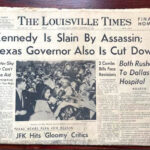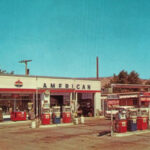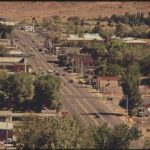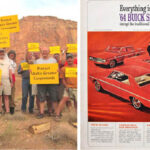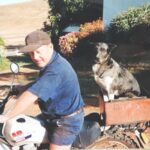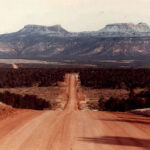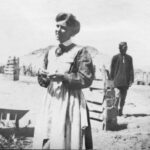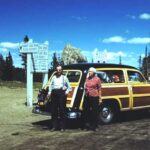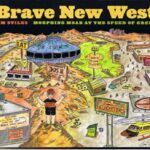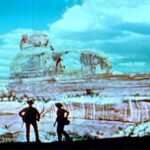
NOTE: You’ll notice that the quality of these images is not the best, but their historical value is priceless. The original 16mm film was badly degraded by the time anyone thought to digitize it. Still, despite the grainy, slightly blurred images, and those vertical scratches, I could look at these pictures all day. When you reach the end of the still images, note that there is a link to the film itself. There’s no sound, so do your own narration. But these images are worth thousands of words, coming as they do, from another time…Enjoy the ride

